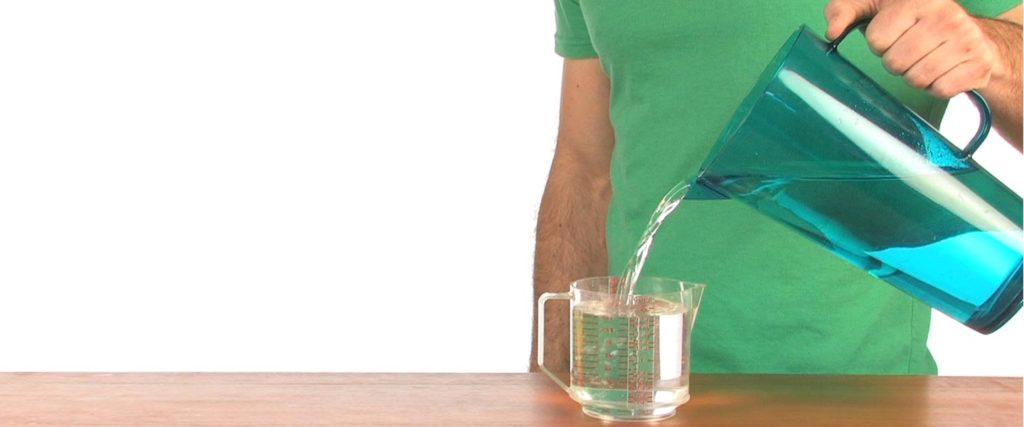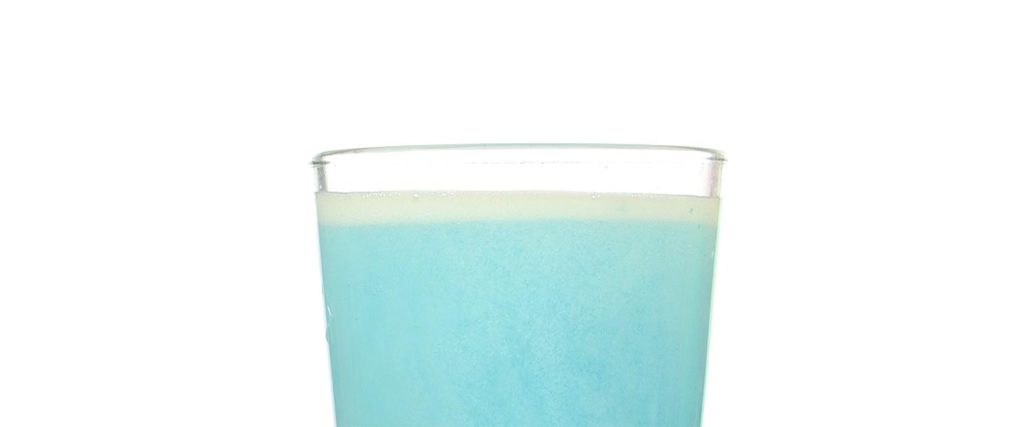Bubbling Blob - Lava Lamp
Learn how to make a wave bottle using oil, water, and a secret ingredient that makes the whole thing fizz, bubble, and erupt.

Who taught these noodles to dance? Go on – gather up some pasta noodles, turn up the music, and get ready for an old-fashioned pasta party. Just when you thought you were done at the dinner table… here is some kitchen science that will have you learning about volume and density in a brand new, hands-on way!

Measure 2 cups of water and pour the water into a clear drinking glass.

Measure 2 cups of vinegar and add it into the clear drinking glass with the water.

Add 3-6 drops of food coloring to the water and vinegar mixture.

Add some pasta noodles to the glass. How much pasta? It’s up to you!

Drop 1 tablespoon of baking soda (the mystery powder) into the glass. Be ready… adding the baking soda into the mixture might get a little messy!

Watch closely and check out all of those dancing noodles!

Are your noodles done dancing? Add more baking soda to the glass and start the dance party all over again.
You can guess why this is an extremely popular activity among elementary teachers. We recommend that you play some dance music and encourage the kids to join in with the noodles while you learn about the science behind the “dancing.”
The noodles will bob up and down for several minutes. This noodle “dance” is captivating to watch. Since the surface of the noodles is rough, tiny bubbles of carbon dioxide gas are attracted to it. These bubbles increase the volume of the noodle substantially, but contribute very little to its mass. As a result, the overall density of the noodle is lowered, causing it to be carried upward by the more dense fluid surrounding it.
Archimedes’ Principle states that the buoyant force exerted on a fluid is equal to the weight of fluid displaced. Since the noodles now have a greater volume, they displace more water, causing the fluid to exert a greater buoyant force. The buoyant force of the surrounding fluid is what pushes the noodles to the top.
Once the noodles reach the top, the bubbles pop upon exposure to the air. This makes the noodles more dense, causing them to sink. As more bubbles adhere to the noodles, the density of the noodles decreases and they rise to the surface again. This experiment very clearly shows that an increase in volume (as long as the mass increase is negligible) will lead to a decrease in density. The bubbles that attach themselves to the noodles are like little life jackets that make the noodles more buoyant by increasing their volume.
How many times can you add baking soda and continue to make your noodles dance? Will there come a time when adding the baking soda won’t make your noodles dance anymore? Give it a try and find out.
Performing the Dancing Noodles experiment is pretty cool, but it isn’t a science fair project, yet. You can create a science fair project by identifying a variable, or something that changes, in this experiment. Let’s take a look at some of the variable options that might work:
These are just a few of ideas, but you aren’t limited to them! Try coming up with different ideas of variables and give them a try. Remember, you can only change one thing at a time. If you are testing a different types of “dancers,” make sure that the other factors remain the same!
***WARNING: If you chose to perform this experiment in a bottle, for your safety, and for the safety of those around you, DO NOT attempt to cap a bottle while performing this experiment***
The same scientific principles are at work when a child uses a set of inflated “floaties” or an inner tube at the pool. The volume of the floaties increases the child’s volume considerably. The mass of the floaties, however, is very small. The overall effect is to lower the density of the child wearing the floaties to less than that of the pool water, so that the child can float. Deflating the floaties (don’t try this with someone who can’t swim!) would reverse the process and cause the person to sink.